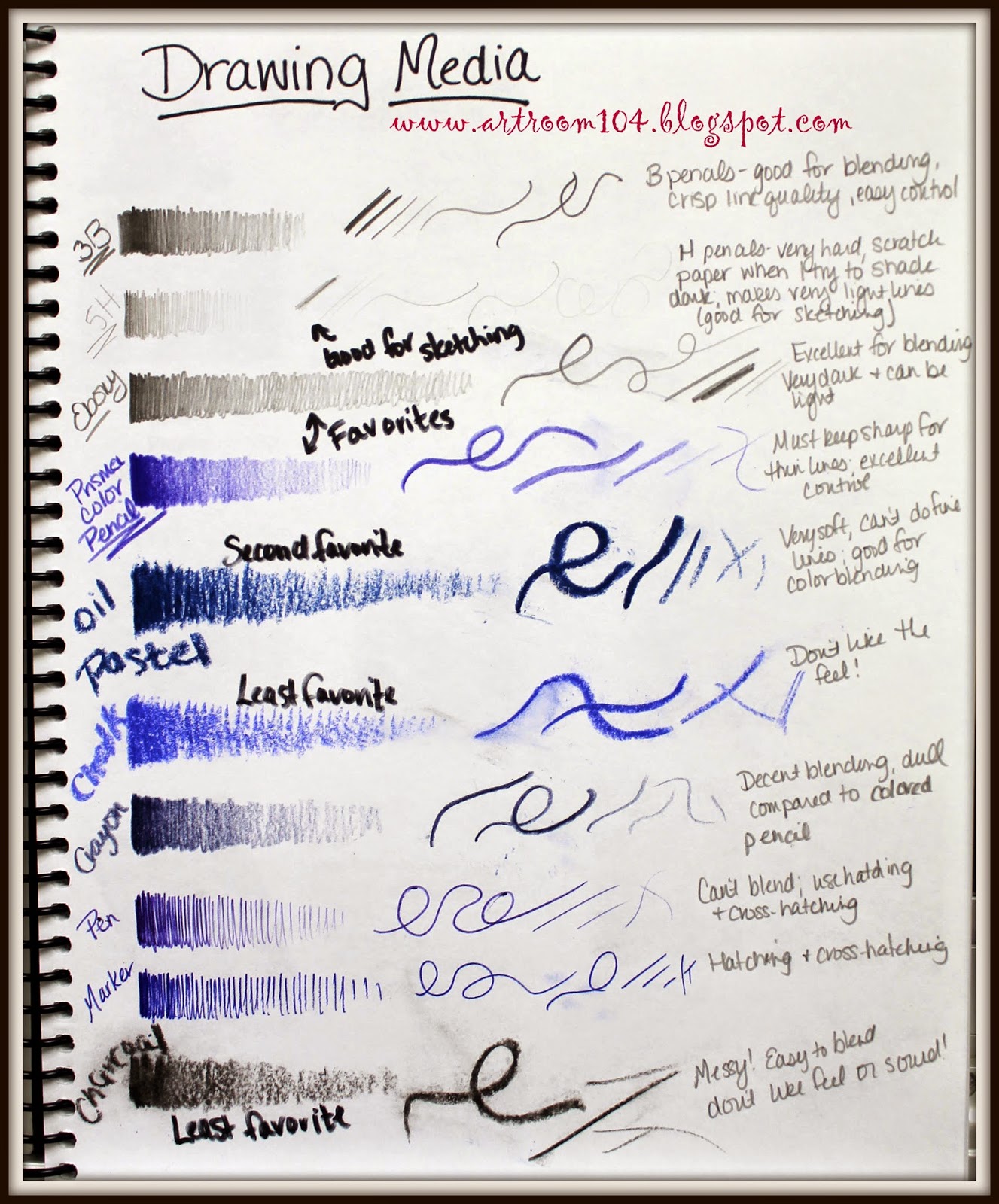First off, students did have a sketchbook assignment over the weekend a few weeks ago...but only because it pertained to what they were doing in class. Students were completing the zentangled master's project (I will be sharing the completed ones from this year in the next few days), so I had them practice zentangles by zentangling a random object. (Mine is the camera!)
Along with the zentangle project, students had to create a page in their sketchbook to doodle, practice and make notes about their main project. I printed out a copy of each person's original painting. Some students decided to grid it, so I had them tape transparency paper over the original. I encouraged students to try out different zentangles on that page before putting them on their final drawing.
Eventually, I want to start photographing student progress periodically throughout the project and have students past the photograph into their sketchbook. I'll then have them reflect via bell ringer on what they want to accomplish during the week on the project, what they might be wanting to change, what they are having a hard time on, etc.
We are currently onto our next unit, which is 2-D media, focusing on drawing. In an effort to cut down on the notes I had students take last year in their note packets, I'm trying to transfer a lot of these notes into class activities in the sketchbook. The first one we've done is this value page. Students had to create a value scale, a shaded cube, and write the name and definition for each of the four shading techniques (blending, hatching, cross-hatching, and stippling). What's great about this being in the sketchbook is that it's less paper I have to copy and waste and it's always in their sketchbook as a reminder of what value is for homework sketch assignments.
I've gone ahead and done the next classroom activity in my sketchbook...the students have not done this yet. Our current project, which we are officially starting Monday, is going to be self-portraits done on a grid system using words as value (micography)...hence the value practice. Our next project will be to practice doing observational drawings using the art mannequins. Last year, I had students to their art mannequin drawing using only pencil or Sharpie, however this year I want to be more flexible. Therefore, I will be having the students create a "Drawing Media" page in their sketchbook. They will have to create a simple value scale, draw a variety of lines, label each medium, and make some notes (i.e. Do you like the medium? Which is your least favorite and most favorite and why? Do you think a certain type of drawing medium is better for one type of drawing than another? etc.)
And finally, here are some artist bell ringer pages that we have completed. I have decided that I am going to do a different artist every other week so that I can use bell ringers to review other material. We already did Piet Mondrian, and next came Joan Miro. I have decided on this set "schedule" for these weekly artist bell ringers:
Day 1: Students copy down some brief biographical information and paste a picture of the artist and one artwork by the artist into their sketchbook.
Day 2: Students paste two more artworks with the credit lines.
Day 3: Students paste one artwork with credit line and then must make a list of characteristics that they observe about that artist's work. I always go over this to make sure we are on the same page once everyone has it completed.
Day 4: Students receive two paintings to paste into their books. They must tell me which one is by the artist and two reasons why.
Day 5: I ask students to do a quick, 2-minute sketch of design that is inspired by the artist.
This week's artist is Chuck Close. We have one more day of bell ringers for him. I choose to do Chuck Close right before we do our self-portrait project because we are going to be using a grid system to do our initial drawing.
The students are slowly getting better and better with these bell ringers. I'm finding that I am teaching them note-taking and organizational skills at the same time. I know a lot of these students must take notes on their own in other classes, but I am unsure if they actually know the proper way to keep an organized note page or if they just aren't connecting that knowledge from other areas to what I am doing with these bell ringers in art. Either way, I hope by the end of the year, each student will be able to have nice, neat, concise note pages for each artist!





















































